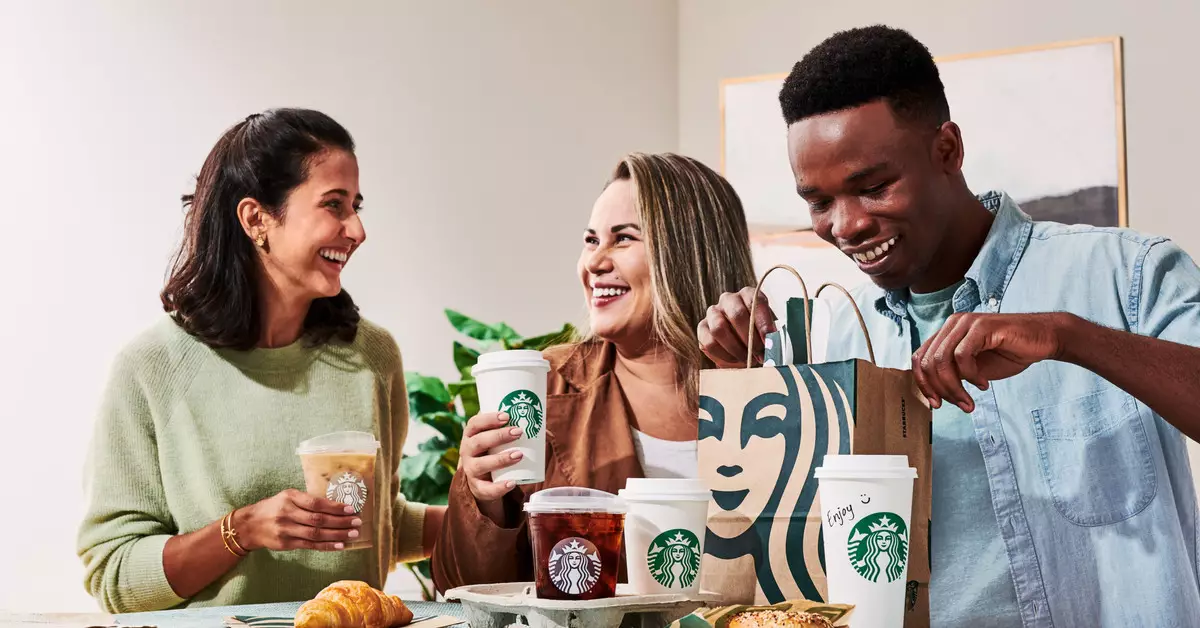In an age where convenience is paramount, Starbucks has taken a significant step forward by integrating delivery options directly into its mobile application. This partnership with DoorDash represents a notable shift for the coffee giant, which has previously limited its mobile app functionality mainly to in-store and drive-through pickups. With the latest update, customers in selected areas of the U.S. and Canada can now indulge in their caffeine cravings without leaving their homes, but at a potentially steep financial price.
Understanding the Delivery Model
Starbucks has long been a leader in the specialty coffee market, and its move to enhance the delivery experience reflects the growing demand for food and beverage delivery services. Users who opt for delivery via the Starbucks app will navigate through an interface similar to that of DoorDash, streamlining the ordering process. However, this ease of use comes at a cost, as there are several charges associated with delivered orders that consumers must consider.
Incorporating features from DoorDash into its app makes it easier to place an order, but the fees add up quickly. For instance, there’s the mandatory delivery fee, and if the order total is less than $10, customers will incur a small order fee as well. Additionally, customers should factor in a service charge that further inflates the price. In an environment where businesses are attempting to balance operational costs and consumer satisfaction, these added expenses may leave many questioning the value of convenience over savings.
The Reality of Pricing
Taking a closer look at the breakdown of these costs reveals that convenience does not come cheap. A simple 12-ounce peppermint mocha, priced at $6.55, can balloon to an astonishing $19.23 after all additional fees and tips are factored in. This stark contrast highlights an essential issue for consumers: is the convenience of delivery worth nearly three times the original price for a single beverage?
For many, the answer may lie in the practicality of ordering for a group. Whereas seeking coffee for oneself may seem extravagant when factoring in these fees, ordering for an office or a gathering could justify the added cost. Still, this brings about the question of whether Starbucks has successfully addressed its customer base, as many might find brewing coffee at home a more economical alternative, especially given current fiscal challenges.
As the landscape of consumer habits changes, companies like Starbucks must consider how their services cater to evolving preferences for convenience. While the integration of delivery options may satisfy some customers, the associated costs present a significant barrier for many. Ultimately, this initiative provides a compelling case study in the delicate balance between convenience and affordability, compelling consumers to weigh their options more deliberately. Whether Starbucks’ delivery service will revolutionize the coffee purchasing experience or simply reiterate the principle that convenience often comes at a price remains to be seen.


Leave a Reply